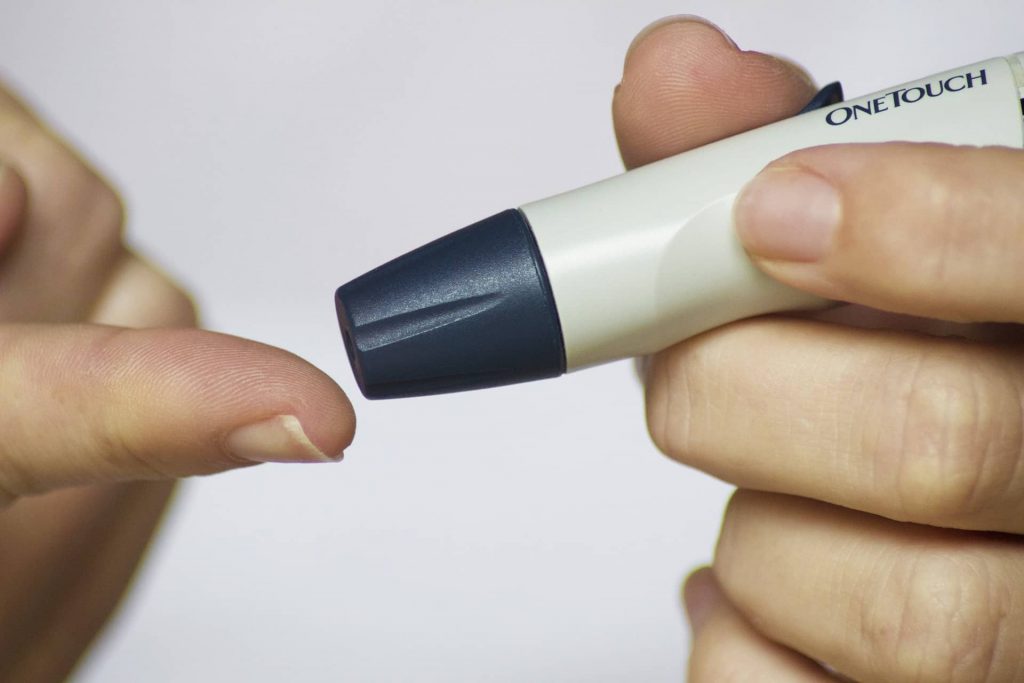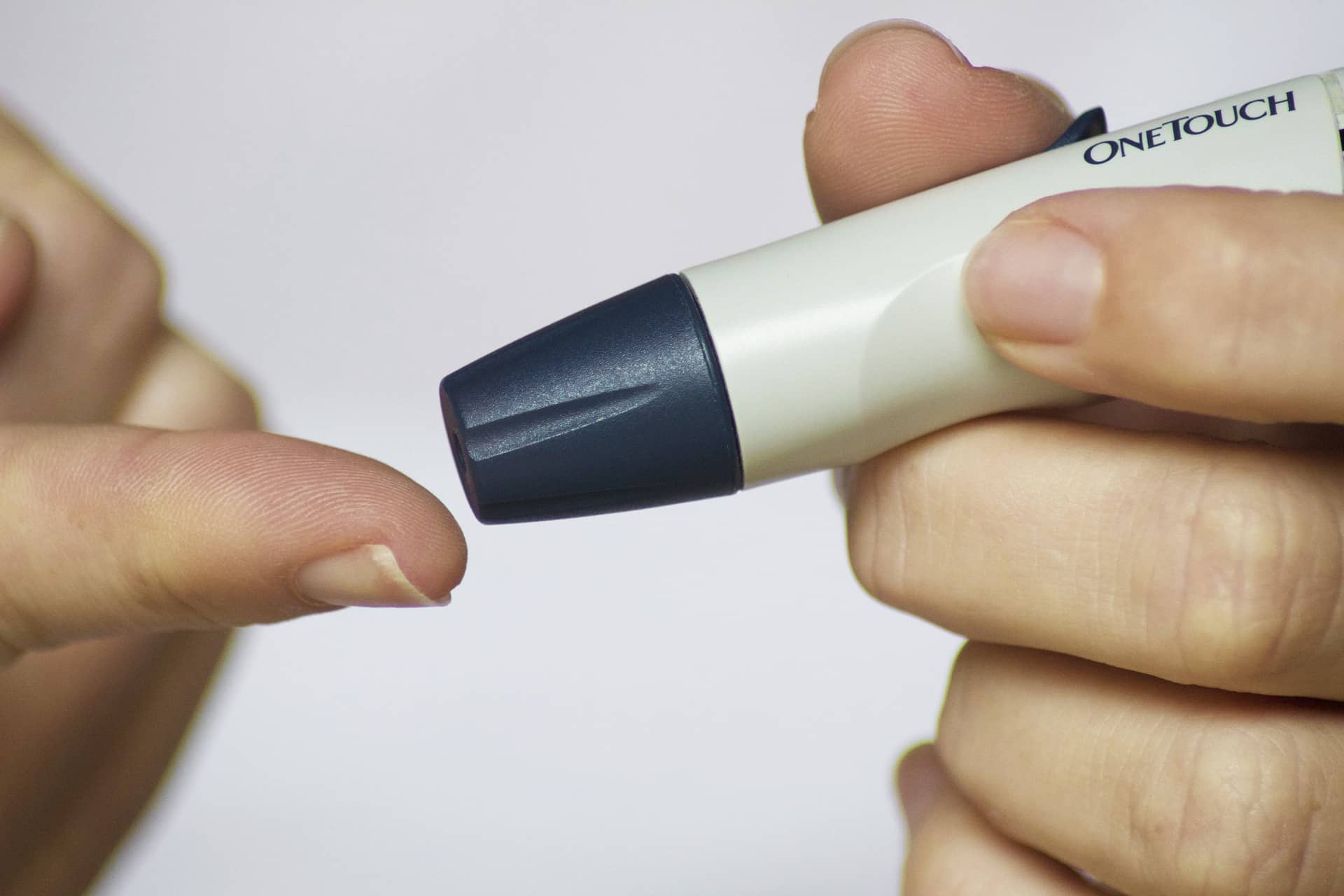Written by Cristian Gonzalez and Miranda Helus

Type I diabetes is a disease that many Americans know all too well. For individuals diagnosed with this disease, their bodies are unable to produce and secrete insulin; this insulin deficiency results in impaired carbohydrate and lipid metabolism, along with abnormally high blood sugar levels. Common symptoms include increased urination, increased hunger and thirst, and weight loss; however, if untreated, type I diabetes can cause severe complications such as chronic kidney dysfunction, heart disease, stroke, and severe hypertension. One advanced, helpful method of managing and treating the disease is the insulin pump. This device is typically used to monitor glucose levels and deliver the appropriate amount of insulin based on an individual’s glucose levels. While insulin pumps are an innovative technology in type I diabetes treatment, there have been major concerns over the risks associated with current models and more research on how to improve them further. Just recently, a significant and exciting achievement in enhancing insulin pumps has finally been reached.
At the end of September 2016, the FDA approved Medtronic’s MiniMed 670G Hybrid Closed Loop System, which was informally hailed as the first fully automated insulin pump for type I diabetes [1]. The pump includes the Guardian Sensor 3 that continuously measures glucose levels, unlike with previous systems in which the sensor and the pump were usually sold separately [2]. While previous models also automatically withheld insulin delivery when blood sugar levels were too low, the 670G model can actually prevent blood sugar from dropping too low or going too high by automatically detecting when blood glucose is getting too low or high and then accordingly adjusting insulin levels based on current measurements [2]. This type of automation can potentially decrease the risks of hyperglycemia or hypoglycemia that are typically associated with insulin pumps.
Despite the benefits of this new system, there are still some drawbacks to consider. Because the 670G model is a hybrid rather than a fully closed loop system, users are still required to estimate and manually input how much carbohydrates they may be consuming during meals so that the machine can calculate the proper insulin dose to administer [2]. This means there is still possible room for error. Like with other insulin pumps, misuse of this device may cause blood glucose to reach critical levels and lead to complications like fatigue, confusion, increased thirst, and severe nausea [3]. Other mishaps that can occur with the device include pump failure, blockage of the insulin set, problems with the infusion site, or common user errors [4]. Despite these risks, however, the 670G model can serve as a highly promising addition to the market of insulin pumps. It can not only prove to be a more efficient pump than its predecessors, but also open up more opportunities to develop even more advanced and personalized pumps, including one that could be a fully automated closed-loop system rather than a hybrid system.
References:
- 2016. FDA approves first automated insulin delivery device for type 1 diabetes. U.S. Food and Drug Administration.
- Tucker ME. 2016. FDA Approves The First Automated Insulin System For Type I Diabetes. NPR.
- Toews CJ. 1985. The Insulin Pump. Canadian Family Physician 31: 1409–12.
- L. Heinemann, G.A. Flemming, J.R. Petrie, R.W. Holl, R.M. Bergenstal, A.L. Peters. 2015. Insulin Pump Risks and Benefits: A Clinical Appraisal of Pump Safety Standards, Adverse Event Reporting, and Research Needs. Diabetes Care 38: 716-22.
